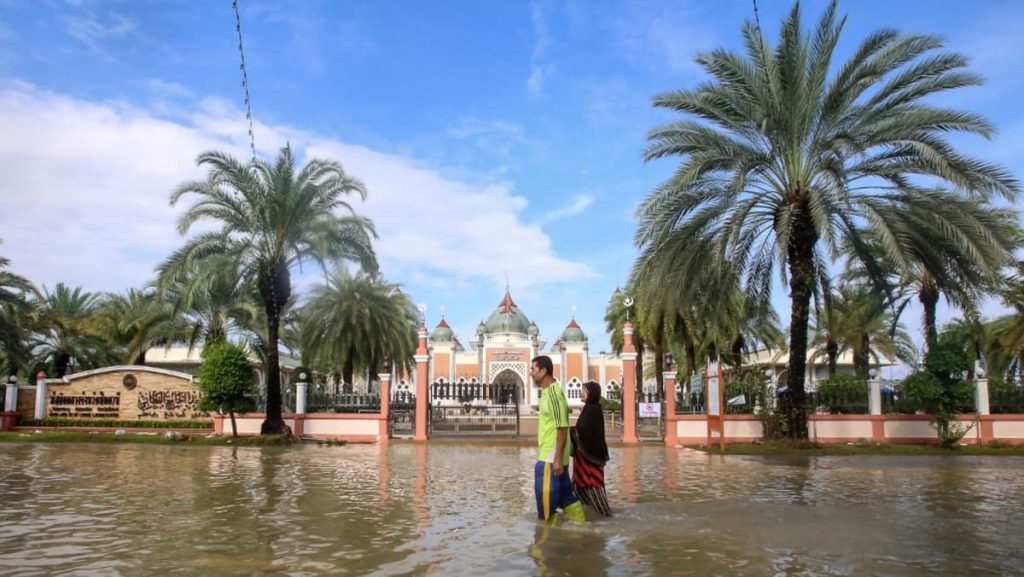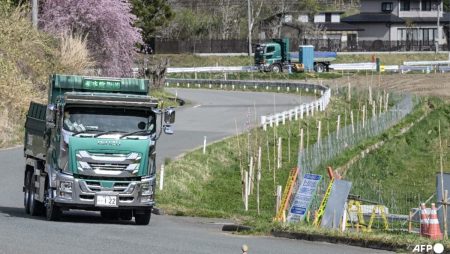In southern Thailand, the devastating impact of severe flooding has become increasingly dire, with official reports confirming that the death toll has now reached 25 as of December 3. The catastrophic floods, which began on November 22, have substantially affected over 660,000 homes throughout the region. The country’s disaster management agency shared these somber statistics on social media, indicating the widespread distress caused by this natural disaster. With forecasts predicting several more days of heavy rainfall, local authorities are bracing for further exacerbation of the situation.
The economic ramifications of the flooding have been severe for many local residents. One poignant case is that of Suwas Bin-Uma, a chicken farmer from Songkhla. He reported to state broadcaster Thai PBS that the floods have obliterated his entire flock of over 10,000 chickens. The financial loss he faces amounts to roughly 3 million baht (approximately US$87,000), highlighting the financial toll that flooding not only takes on individual lives but also on local agriculture and the economy.
These floods have not only caused economic damage but have also led to significant displacement. More than 22,000 individuals have been forced from their homes across four provinces: Pattani, Narathiwat, Songkhla, and Yala. The public relations department of the Thai government provided updates on these harrowing circumstances, emphasizing the scale of displacement in their reports. The loss of homes and the dislocation of families raises urgent questions about recovery efforts and the long-term implications of such natural disasters on affected communities.
The visible community response to the flooding has also been captured in various media, including social media platforms, where residents are actively working to protect their homes. In Songkhla province, footage shown on these platforms focused on local residents stacking sandbags in a desperate attempt to block the encroaching floodwaters. Such grassroots efforts signify the resilience and determination of communities facing overwhelming odds, as they mobilize to safeguard their belongings and livelihoods.
Describing the conditions in some of the affected areas, local leaders paint a grim picture. Abdullah Abu, the head of a village in Yala province, mentioned to local media that floodwaters in his area have reached staggering heights of up to 7 meters. This situation reflects not just the geographical challenges posed by the flooding but also the severe impact on daily life, as residents rely on rescue teams for basic necessities. Many are reportedly receiving only one meal a day amid these dire circumstances, underscoring the urgent need for relief and support.
As the situation continues to unfold, the combination of personal tragedy, economic loss, and community resilience paints a complex picture of life in southern Thailand in the wake of this flooding. With the ongoing threat of additional heavy rainfall, attention must be turned to both immediate relief efforts and long-term recovery strategies. The experiences of affected individuals not only highlight the urgent need for humanitarian aid but also raise awareness of climate-related challenges that may necessitate greater preparedness for future disasters.

![Ginny and Georgia’s Paul Has Doubts Over Georgia Arrest, [Spoiler] Questions Their Sexuality](https://newsytribune.com/wp-content/uploads/2025/06/Ginny-and-Georgias-Paul-Has-Doubts-Over-Georgia-Arrest-300x158.jpg)








